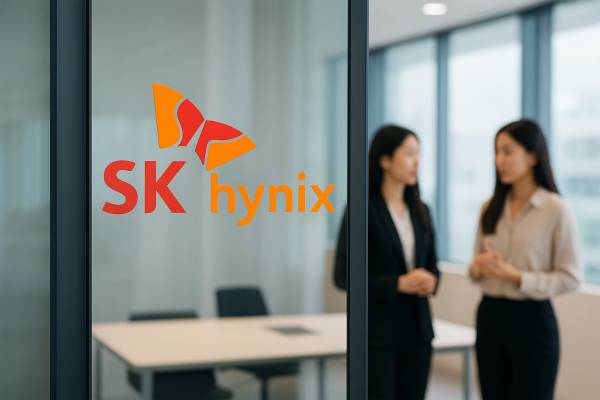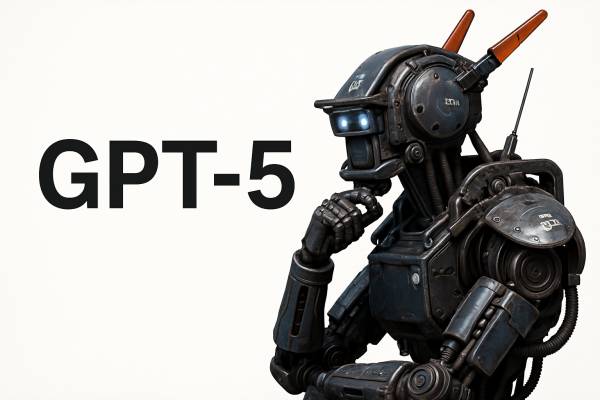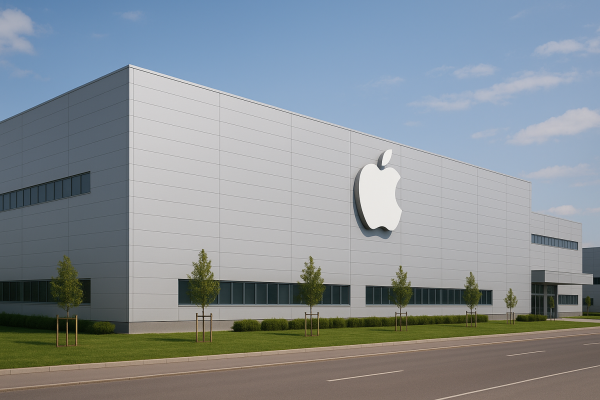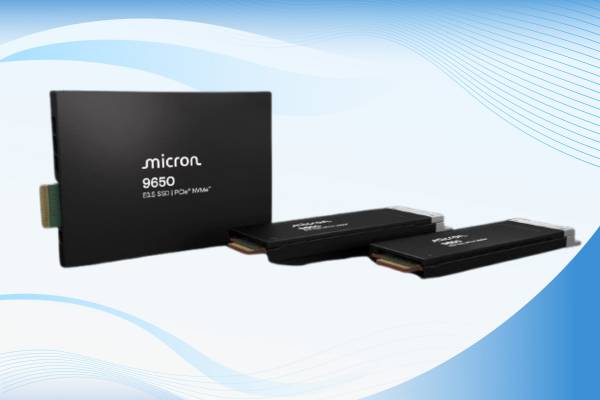Chinese technology giant Tencent has officially unveiled its latest T1 Reasoning model, designed to deliver superior performance in processing text documents and executing reasoning tasks. In recent months, the company has made several strategic AI investments, and the introduction of the T1 model further strengthens its position in the increasingly competitive Chinese AI market.
The model’s outstanding performance is evident in its key features—faster response times and improved capabilities—which enable it to handle longer text documents more efficiently. According to Tencent’s official announcement, the model places a strong emphasis on maintaining clear and well-organized content logic while keeping the “hallucination” rate extremely low. These advantages allow the T1 to outperform competitor DeepSeek’s R1 model on several knowledge and inference benchmarks, although in some measures, OpenAI’s models achieve better results.
Built upon Tencent’s Turbo S base language model, the T1 has been further optimized through a hybrid architecture. In this solution, the integration of Google Transformer and Mamba technologies reduces both training and operational costs while ensuring faster query processing. This innovative combination enables the model to effectively meet increasing demands.
Currently, the T1 model is available via Tencent’s Yuanbao platform, and API access will soon be provided for developers and business partners. The pricing policy is competitive: users pay 1 yuan ($0.14) for processing 1 million input tokens, while output tokens are charged at 4 yuan. Although no specific free trial period has been designated for the T1 model, a one-week free trial is offered for the Hunyuan Turbo S model, giving interested parties an opportunity to test the technology.
Overall, the launch of the T1 Reasoning model is set to further boost AI development in China. With this innovation, Tencent is not only expanding its technology portfolio but also contributing to the global advancement of AI, demonstrating that both efficiency and cost reduction are key factors in future solutions.
























